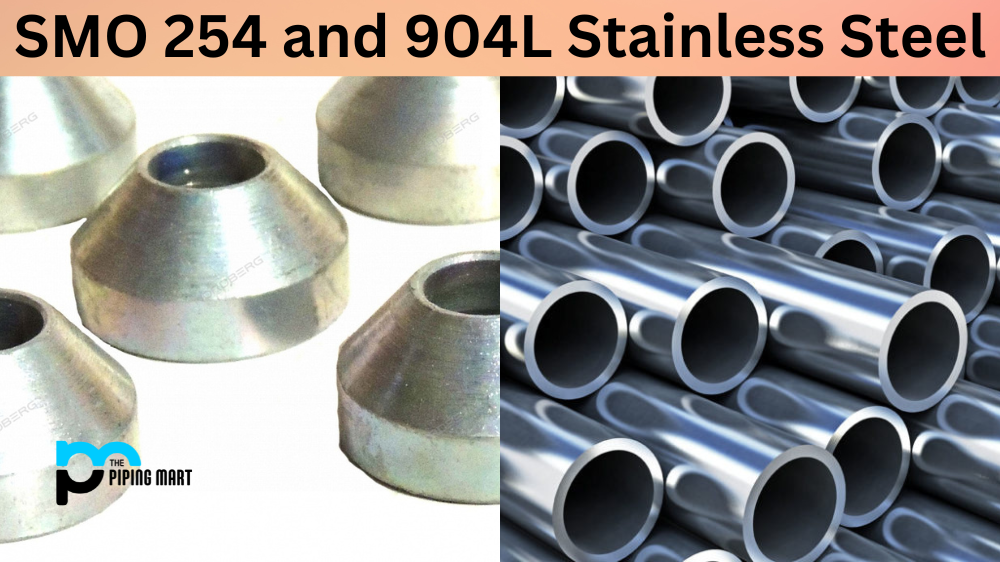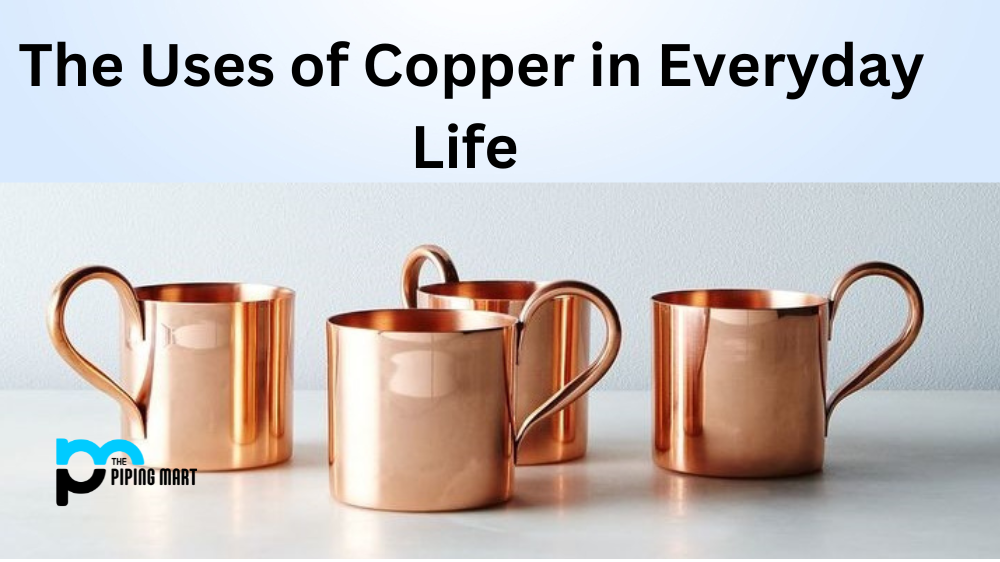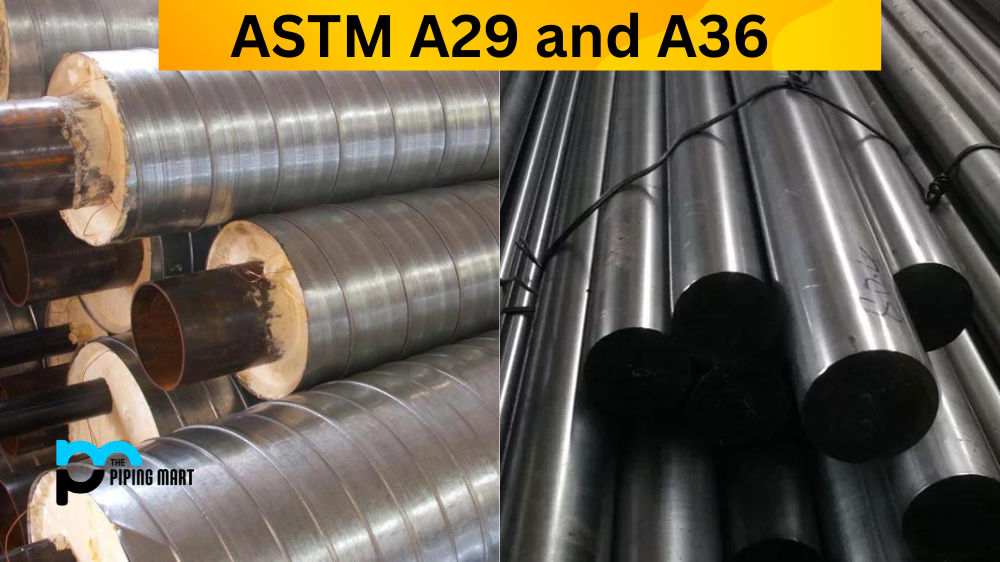When selecting the right stainless steel grade for your application, it’s essential to understand the properties and capabilities of each type. Two popular grades in the market today are SMO 254 and 904L. Both are high-performance austenitic stainless steel alloys resistant to corrosion but differ in many ways. In this blog post, we’ll explore the differences between SMO 254 and 904L stainless steel and help you determine which is right for your needs.
Difference Between SMO 254 and 904L Stainless Steel
Corrosion Resistance
SMO 254 and 904L grades are known for their exceptional corrosion resistance, especially in harsh environments involving high chlorides and acids. However, SMO 254 has a higher resistance to pitting and crevice corrosion than 904L, making it ideal for applications that require superior resistance to chloride-induced stress corrosion cracking (SCC) and pitting. On the other hand, 904L is an ideal choice for applications that need high resistance to sulphuric acid, as it performs better than SMO 254 in this area.
Strength and Toughness
SMO 254 and 904L have excellent strength and toughness, but SMO 254 has a higher yield strength (300MPa) than 904L (220 MPa). SMO 254 is tougher and more durable at temperatures than 904L, making it an ideal choice for applications requiring high-temperature strength and toughness. 904L is preferred for its high toughness and elasticity, making it ideal for applications where it may be subjected to high pressure or mechanical stress.
Weldability
The weldability of stainless steel is an essential factor when choosing a grade for your application. SMO 254 has better weldability than 904L, which can be challenging to weld. SMO 254 is also more tolerant of heat, making it less likely to warp or distort during welding. In contrast, 904L is more susceptible to hot cracking and distortion during welding, requiring skilled welders who use specialised techniques for optimal results.
Price
Price is another critical factor to consider when selecting the right grade for your application. SMO 254 is more expensive than 904L because of its superior properties. Therefore, for applications that do not require the exceptional properties of SMO 254, the relatively lower-priced 904L may be a better option.
Applications
Your application’s choice of stainless steel grade largely depends on the environment and conditions it will be exposed. SMO 254 is ideal for applications that require resistance to extremely harsh environments and high-temperature applications, including desalination plants, seawater processing facilities, and chemical processing plants. Meanwhile, 904L is preferred for more general-purpose applications, including food processing, pharmaceuticals, the oil and gas industry, and heat exchangers.
Conclusion
In conclusion, SMO 254 and 904L are high-performance stainless steel grades that offer exceptional resistance to corrosion and durability. However, they differ significantly in their properties, applications, and price. So, the right grade for your application depends on your project’s specific needs and requirements. Consult an expert in stainless steel alloys to determine which grade best suits your application.

Meet Bhavesh, a seasoned blogger with a wealth of knowledge and experience. From metal products manufacturing to retail, Bhavesh has a diverse background in various industries and is dedicated to sharing his insights and expertise with readers.




